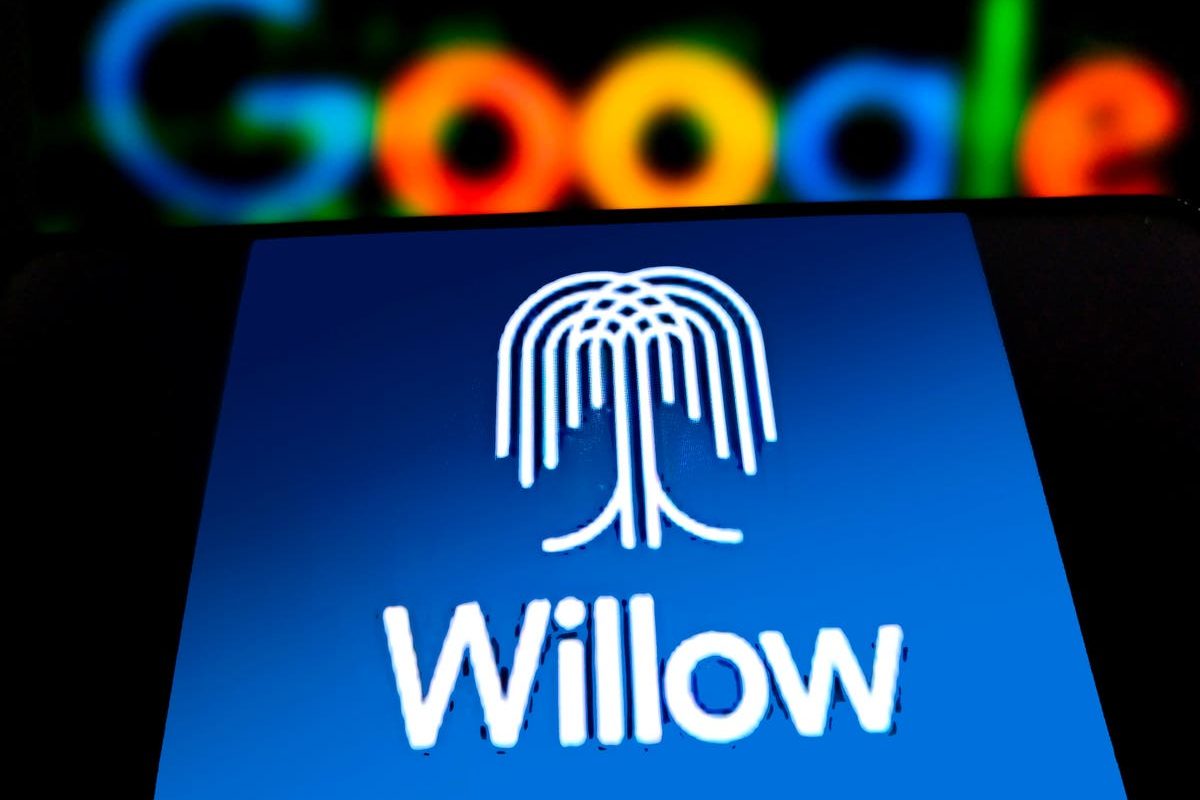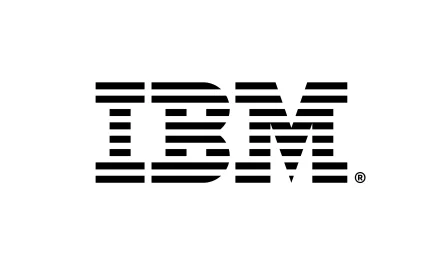Google launches the groundbreaking quantum chip Willow.
I admit up front that I am not an expert in quantum computing. However, over the last two years, I have gained a deeper understanding of this technology through various educational seminars and direct one-to-one sessions through IBM, Google, Microsoft, Intel, and others. These sessions helped analysts like myself come up to speed on the technology, its impact, and its future role in computing. Quantum computing promises to disrupt everything from healthcare to finance to scientific research — but only if it can overcome the significant hurdles that have kept it out of the mainstream.
Earlier this week, Google unveiled its latest quantum processor, Willow. This chip represents a giant leap forward in the field. Based on its specs and capabilities, Willow could be the breakthrough that transforms quantum computing from technical curiosity to a practical tool.
To put it in perspective, Willow’s computational power is staggering. It can solve a complex calculation in under five minutes, taking the fastest classical supercomputer around ten septillion years to complete. Yes, septillion — as in a one followed by 24 zeros. This astounding feat demonstrates the immense potential of quantum technology. But what makes Willow even more important is how it addresses one of quantum computing’s most persistent challenges: error rates.
For nearly 30 years, one of the fundamental roadblocks for quantum computing has been its reliability. As quantum systems add more qubits (the quantum equivalent of classical bits), they tend to become more error-prone. That’s where Willow’s design is a game changer. It reduces errors exponentially as it scales up its qubits, a feat that no previous system has come close to accomplishing. Willow doesn’t just add more qubits — it makes them more reliable, an essential ingredient if quantum computers are ever going to tackle real-world problems.
Back in 2019, Google made a bold claim of achieving quantum supremacy, which was met with some skepticism. The term refers to a point where a quantum computer can perform a task that a classical computer can’t or would take too long to complete. Willow is a significant step towards a commercially viable quantum computing.
The technology behind Willow is sophisticated. The chip features 105 qubits – about double the number on Google’s previous Sycamore chip. But the real emphasis isn’t just on the quantity of qubits but their quality. Willow’s qubits have a vastly improved retention time (known as T1 times), which has been increased by around five times compared to previous chips, allowing them to hold information for longer periods — a crucial factor in ensuring accuracy and stability.
Google’s focus on scalability and fault tolerance also speaks to the broader vision for quantum computing. Willow is a promising prototype for building larger, more fault-tolerant quantum computers. In that sense, it’s a stepping stone to a much more powerful quantum ecosystem that could eventually tackle problems beyond the capabilities of today’s classical computers.
While Willow represents a significant leap forward, the technology is still early. Widespread, practical applications of quantum computing are still likely several years away.
In the educational sessions and meetings I’ve attended over the last couple of years, industry leaders often talked about quantum computing as something that would have a significant impact later in this decade. If Willow delivers on its promise, we could see quantum computing make a far more immediate impact than the timelines we were previously imagining.
If Google’s Willow chip lives up to its short-term promise, the impact of quantum computing could be much closer than many have projected in the past. It brings us closer to a future where quantum computing isn’t just a theoretical possibility but realizing commercially relevant computing applications.
Disclosure: Google, IBM, Microsoft and Intel subscribes to Creative Strategies research reports along with many other high tech companies around the world.



